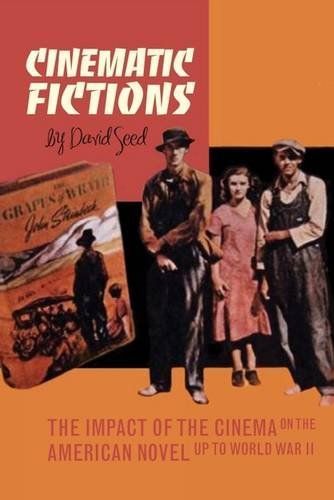
Cinematic Fictions
The phrase 'cinematic fiction' has now been generally accepted into critical discourse, but is usually applied to post-war novels. This book asks a simple question: given their fascination with the new medium of film, did American novelists attempt to apply cinematic methods in their own writings? From its very beginnings the cinema has played a special role in defining American culture. Covering the period from the 1910s up to the Second World War, Cinematic Fictions offers new insights into classics like The Great Gatsby and The Grapes of Wrath discussing major writers' critical writings on film and active participation in film-making. Cinematic Fictions is also careful not to portray 'cinema' as a single or stable entity. Some novelists drew on silent film; others looked to the Russian theorists for inspiration; and yet others turned to continental film-makers rather than to Hollywood. Film itself was constantly evolving during the first decades of the twentieth century and the writers discussed here engaged in a kind of dialogue with the new medium, selectively pursuing strategies of montage, limited point of view and scenic composition towards their different ends. Contrasting a diverse range of cinematic and literary movements, this will be compulsory reading for scholars of American literature and film.